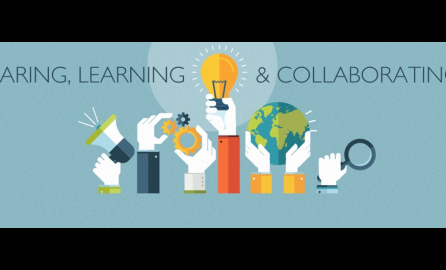2.4.6. Strengthening IE with attention to youth and children
Indicators: a) GP and LL on strengthening livelihoods of youth and children in IE identified.
b) Challenges on strengthening livelihoods of youth and children in IE identified and possible means to overcome challenges identified and analysed.
Data Analysis Methods: Identification of GP and LL on youth and children and IE; Analysis of GP and LL to determine adaptability and scalability; Identification of challenges identified during promotion and implementation and determine if/how these were overcome.
RECOMMENDATIONS:
1) Ensure that IE projects include attention to the issues of children and youth. In particular, the importance of their education instead of engaging them in child labour. The involvement of youth is highly associated with results success.
References:
- Feinstein International Center Friedman School of Nutrition Science and Policy Tufts University Africa Regional Office, 2015, Feed the Future Ethiopia External Mid-Term Performance, Evaluation Report, Midterm or interim evaluation, USAID, Washington, DC.
- Henry, Carla; Dearden, Philip N., 2013, Independent evaluation of the ILO’s strategy to promote sustainable enterprises and decent work, Meta-analysis of evaluations, ILO, Geneva.
- Cho, Yoonyoung; Honorati, Maddalena, 2013, Entrepreneurship Programs in Developing Countries: A Meta Regression Analysis, Meta-analysis of evaluations, World Bank Human Development Network Social protection and Labor Unit, Washington DC.
____________________
2) Promote methods such as peer training where youth are required to share the skills that they learned with other youth.
____________________
3) Approach development with young persons holistically to enable them to reach their full potential. All aspects of their personality and talents should be nurtured. Resources allowing this would entail developing skills of the hands (technical, vocational and entrepreneurial) to make them self-reliant, skills of the heart and mind to live with dignity, skills of the soul to live with purpose (life skills).
Reference: RNSF: Good practices collection from Implementing Partners- Young Africa Zimbabwe, October 2015.
EVIDENCE SAMPLE: The RNSF Implementing Partners Young Africa Zimbabwe understands that for a young person to reach their full potential, all aspects of their personality and talents need to be nurtured. Young Africa aims to empower young people with an integrated approach of training encompassing skills of the hands (technical, vocational and entrepreneurial) to make them self-reliant, skills of the heart and mind to live with dignity, skills of the soul to live with purpose (life skills). Every young person that Young Africa empowers has to participate in skill, life skills and business skills development for us to consider them holistically empowered.
____________________
4) When planning youth employment projects, it is important to identify the target population and the constraints for finding jobs. Development actions should then be developed that correspond to the identified constraints.
Note possible constraints:
- Basic skills—literacy and numeracy—are the foundation of communication and further skills development processes.
- Technical skills—trade- or job-specific skills range from manual skills to computer literacy.
- Behavioural skills—or non-cognitive skills— consist of a range of personality traits such as motivation, socio-emotional regulation, time management, and the ability to work with others
- Entrepreneurial skills—both the creativity to invent/adopt a new product or process and the business skills to market the idea. These are essential for the self-employed and employees.
____________________
5) In projects on child labour, in which children often work in the IE, ensure that emphasis is placed on development of sustainable livelihoods for household members. This decreases their dependence on child labour. Ensure that this is combined with awareness raising on child labour but also on the importance of decent work for adults.
____________________
6) Ensure that advocacy is implemented to ensure that institutions have mechanisms in place to sustain and scale up programme/project activities on supporting out-of-school (working) youth.
____________________
7) Anticipate unexpected impacts concerning children should be considered in planning support for women who are dependent on the IE:
- Children’s labour inputs may increase as households’ may involve children to sustain their new workloads stemming from increased production activities.
- Child accidents, for example drowning in a country such as Bangladesh[1], may also occur while mothers attend training sessions. A child care or baby-sitting net should be activated in order to enable women the freedom to participate in training.
SOURCE: RNSF research - Volume 4.2
[1] “Bangladesh: drowning accounts for 43% of all deaths in children aged 1-4 years.” Fact Sheet Media No 347, Centre
Available from http://www.who.int/mediacentre/factsheets/fs347/en/ (Website accessed 908 04 2016)
